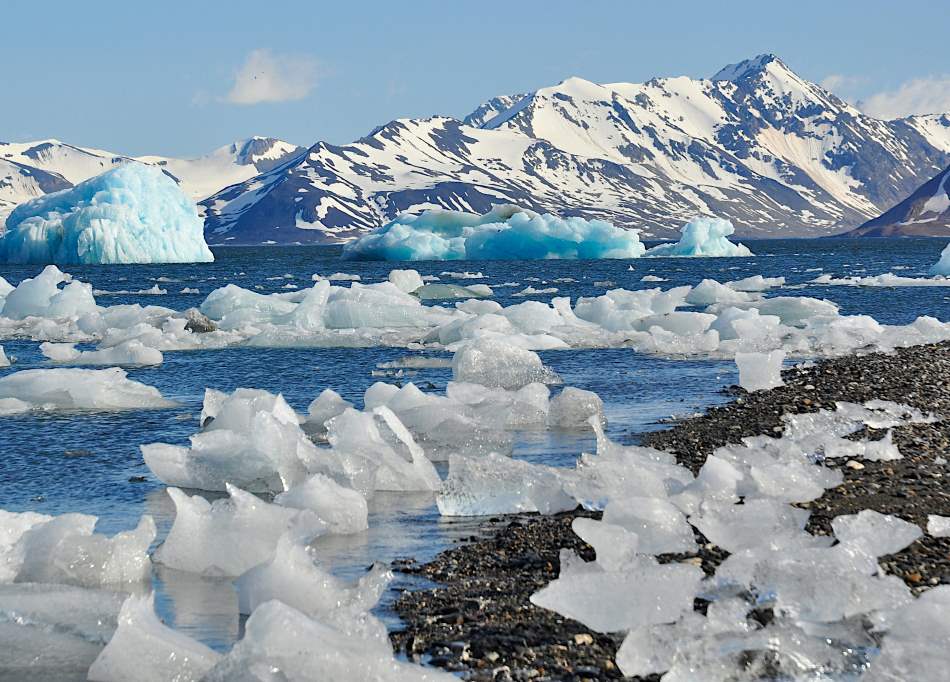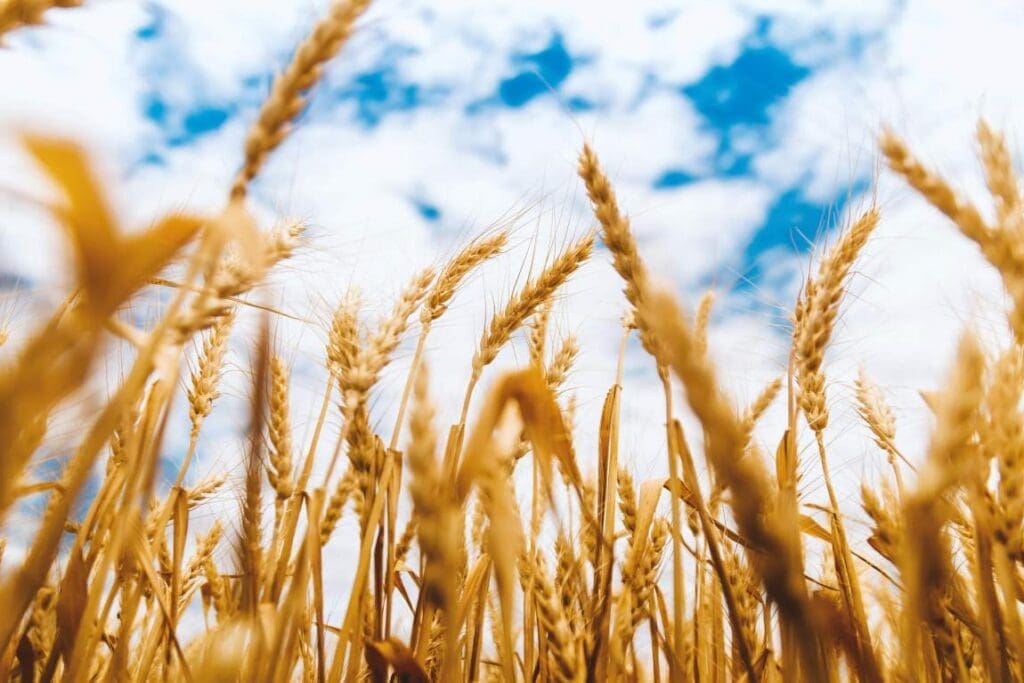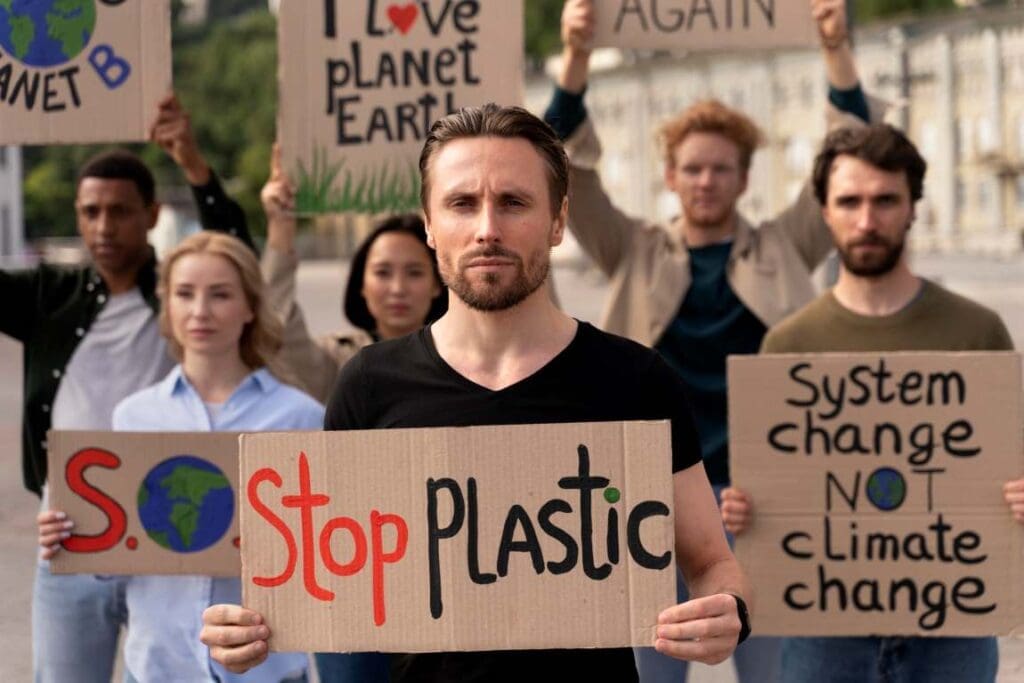Summary:
The Arctic is undergoing some of the most dramatic environmental changes on Earth, with rising temperatures causing significant sea ice loss and glacier retreat.
A recent study, published in Communications Earth & Environment, sheds light on how these transformations are affecting Arctic marine carbon cycles and ecosystems. Led by Jochen Knies from the iC3 Polar Research Hub, the study focuses on the Kongsfjorden fjord in Svalbard, using organic geochemical biomarkers to track changes in phytoplankton communities and carbon cycling over the past 14,000 years.
The researchers observed that as glaciers retreated, the structure of planktonic communities shifted, a process driven by fluctuating sea ice cover. The study predicts that further deglaciation will likely lead to increased primary productivity in the fjords. However, warmer, stratified waters and a reduced supply of nutrients from glaciers could limit the fjords’ role in sequestering carbon.
This research provides a critical understanding of how ongoing cryosphere changes could disrupt carbon storage and marine ecosystems in a warmer Arctic future, offering valuable insights for global climate projections.
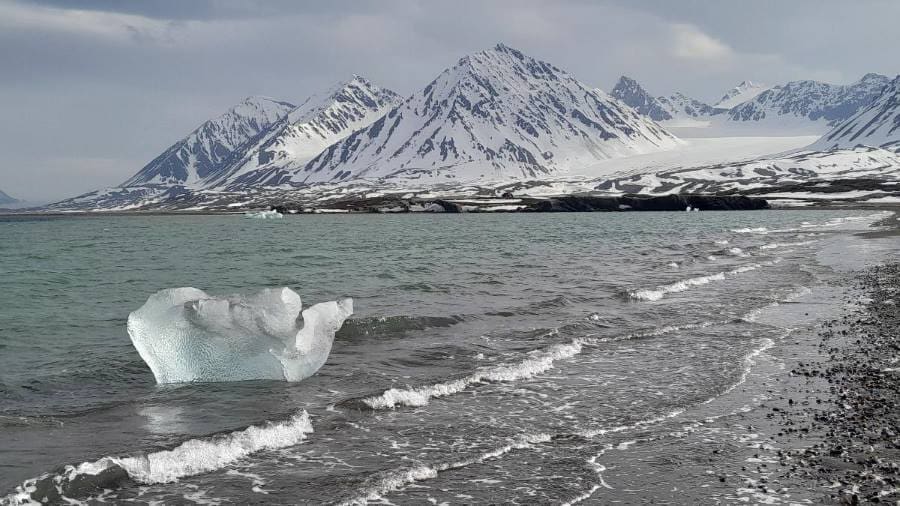
‘Cryosphere meltdown’ will impact Arctic marine carbon cycles and ecosystems, new study warns
A new study led by Jochen Knies from the iC3 Polar Research Hub has found worrying signs that climate change may be undermining the capacity of Arctic fjords to serve as effective carbon sinks. The findings suggest that the capacity of polar oceans to remove carbon from the atmosphere may be reduced as the world continues to heat up.
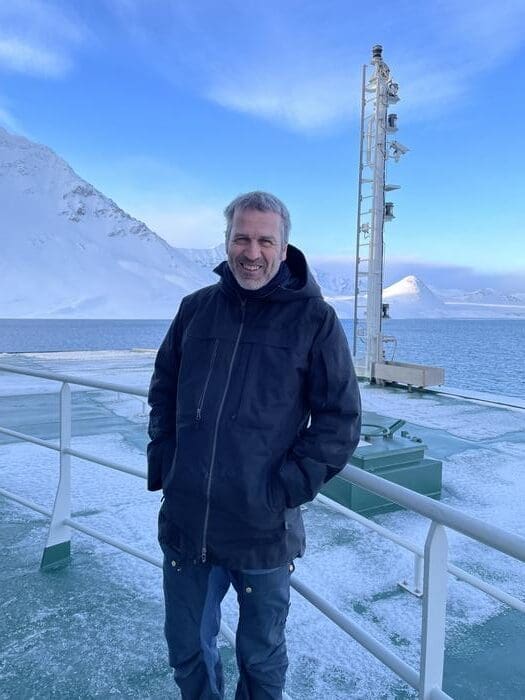
Jochen and his collaborators discovered that rapid changes in the Arctic are transforming vibrant fjord ecosystems like Kongsfjorden in Svalbard. Their findings document not only a shift in phytoplankton communities due to melting ice but also a worrying decline in the capacity of these fjords to sequester carbon.
The hidden world of phytoplankton
At the foundation of Arctic food webs lies phytoplankton — tiny, microscopic heroes of our oceans. These organisms are not just food for fish. They play a pivotal role in carbon cycling and climate regulation. As the ice retreats, sunlight reaches more of the ocean surface, encouraging phytoplankton to thrive. Imagine a feast of life emerging from the depths, with fish and marine animals gathering around this newfound abundance.
Jochen Knies, lead author of the study, highlights this dynamic: “The changes we observe suggest that the future of these fjord ecosystems will depend heavily on how well they adapt to a warmer climate.”
Balancing growth and sustainability in a warming climate
Warmer waters can enhance phytoplankton growth during sunlit summers, presenting an initial opportunity for increased productivity. However, as the waters become stratified, essential nutrients become harder to access, leading to a double-edged sword: while we may see a rise in phytoplankton biomass, the efficiency of carbon capture could decline.
Jochen emphasizes this critical point: “While we anticipate greater primary production, the reality is that warmer, stratified waters could hinder the fjords’ ability to serve as effective carbon sinks.”
Furthermore, the influx of glacial meltwater, like a lifeline for marine life, plays a vital role in reshaping the nutrient landscape of these fjords. As glaciers disappear, this nutrient supply becomes unpredictable, raising concerns about the long-term health of these ecosystems. Without a steady flow of nutrients, the ecological balance may be disrupted, potentially impacting the food web and overall productivity of the fjords.
The Arctic as a climate barometer
The Arctic acts as a vital indicator of global climate change. The world’s focus is drawn to these melting ice caps not just for their beauty, but because they hold significant lessons about our shared future. “The future of Arctic fjords reflects the broader climate challenges we face globally,” Jochen warns.
Journal Reference:
Knies, J., Ahn, Y., Ebner, B. et al., ‘Arctic fjord ecosystem adaptation to cryosphere meltdown over the past 14,000 years’, Communications Earth & Environment 6, 298 (2025). DOI: 10.1038/s43247-025-02251-y
Article Source:
Press Release/Material by UiT The Arctic University of Norway
Featured image credit: Jacek Urbanski | Unsplash

